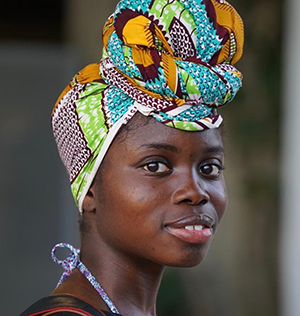|
My sister has peppercorn hair. Her hair grows close to her scalp, in tiny round black curls that look like peppercorns. Peppercorns. I think of winter, the making of soups and stews—whole spices floating in broth, a heavy-bottomed pot. I think of hopscotching across cold hardwoods, and the howl sound of an old vent, and of how to heat a house.
This is how I begin to write.
Image itself is not story, but it is a way to get to story, to feeling—and feeling is the starstuff of stories. There are, of course, other ways to get to feeling: there is dialogue; there is character; there is situation; there is pacing. But I find myself reaching toward image again and again.
I start with an image, or language around an image, that simply enchants me—that is downright arresting in its clarity and in its musicality. Sometimes I will carry it around for days and days, or even years. Sometimes I do not remember that I am carrying it. I will be in the midst of creating some "new" story—really, all my stories are old—and suddenly the image will return to me. Perhaps it is more accurate to say that the image will turn to me, as it never truly left me. Most often, when the image does turn, it is at the right moment, in the right place. Because all of that time spent carrying it has allowed me to understand it—its air, its weight, and the work it must do.
Part of what I call my quiet work as a writer—the work that happens in the background, when I am not writing, or when I think I am not writing—is giving myself time to understand. It is joyous, but not enough, for me to love an image. I want to know why I love it, why I am drawn to it. I do not believe in writer’s block. When I have not been writing, I ask myself whether I am doing my quiet work. What am I listening toward—attending to—carrying? I begin with image. And then I begin.
|


